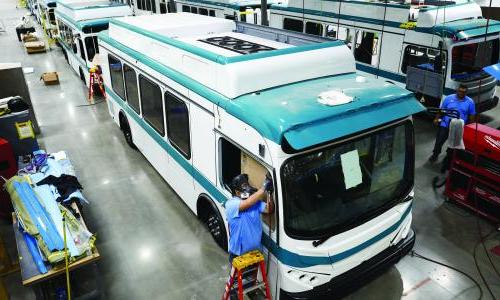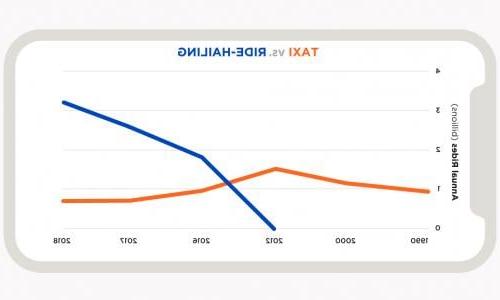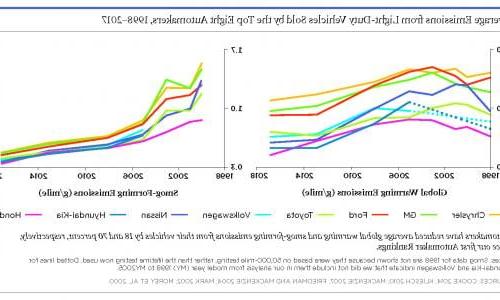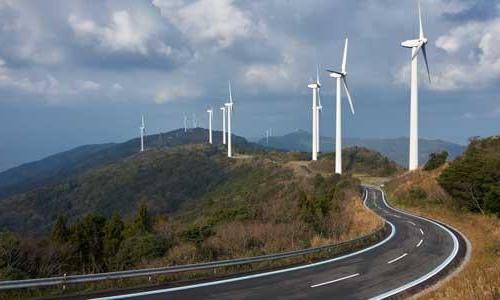Table of Contents
New technologies are redefining how we move around—but are they all positive changes?
In 1908, the first affordable, mass-produced automobile rolled off assembly lines: the Ford Model T. Its arrival reshaped the country's landscape and put gasoline-powered vehicles firmly in the center of everyday life.
But more than a hundred years have passed, the negative impacts of gasoline and diesel are clearer than ever. In 2016, transportation became the nation’s primary source of global warming pollution. It’s also a major cause of cancer, bronchitis, asthma, other health problems.
今天, innovative new technologies promise to displace gasoline and reshape the transportation system once again. Some, like electric cars, are already demonstrating their benefits. 其他s could increase pollution—unless we take steps now.
Electric vehicles
The term “electric vehicle” includes plug-in hybrids, battery electric vehicles, fuel cell technologies—all of which are at least partially powered by electricity. Electric drive can be used to power passenger cars, transit buses, even big rig tractor trailers.
As an energy source, electricity is cleaner and cheaper than oil, even when the power comes from the dirtiest coal-dominated grid. More than seventy percent of people and growing live in places where driving on electricity is cleaner than driving a 50 MPG gasoline car.
For a fighting chance at avoiding the worst impacts of climate change, the United States needs to move off oil and electrify the majority of its cars, 卡车, buses by mid-century.
新的流动
A handful of recent innovations—collectively known as “new mobility”—could radically transform how people and goods move around—with profound implications for safety, 股本, the environment.
Self-driving cars (also know as “driverless cars” or “autonomous vehicles”) are at least partially controlled by computers. If deployed thoughtfully, powered by electricity, self-driving cars could improve road safety, increase access, decrease emissions, among other benefits—but it’s a big “if.”
Ride-hailing services like Uber and Lyft offer a convenient option for people to get around, but as currently used may actually increase congestion and emissions. Increasing pooling and transitioning to electric vehicles can ensure that ride-hailing services move us in a better direction.
Whether any of these new technologies offer positive or negative impacts will depend on the policies that govern their deployment.
Fuel efficiency
Also known as “fuel economy,” fuel efficiency is a measure of how far a vehicle can travel per unit of fuel. In the United States, this is expressed as “miles per gallon” (mpg).
Fuel efficient vehicles require less gas to go a given distance. When we burn less gas, we cut global warming emissions and produce less pollution, while spending less on gas—a 那么多.
Improving the fuel efficiency of US vehicles is the single biggest step we can take to cut the country’s oil consumption. In the United States, automakers are required to meet certain fleet-wide fuel economy and pollution standards, though the standards face 攻击 from lobbyists and special interests.
新燃料
50年来, from 1958 to 2007, oil supplied more than 95 percent of the transportation energy used in the United States. 但自2008年以来, oil’s share has fallen, the use of cleaner alternative fuel has grown—including ethanol, 生物柴油, more recently 甲烷, (or “biogas”) and electricity.
While these alternative fuels are generally less polluting than gasoline and diesel, maximizing their benefits depends on how they are produced. Just as an electric vehicle charged on renewable power is cleaner than one charged on coal-fired electricity, biofuels produced from waste materials, or grown using sustainable farming practices, can maximize climate benefits and minimize negative impacts.








